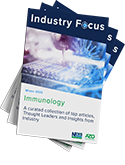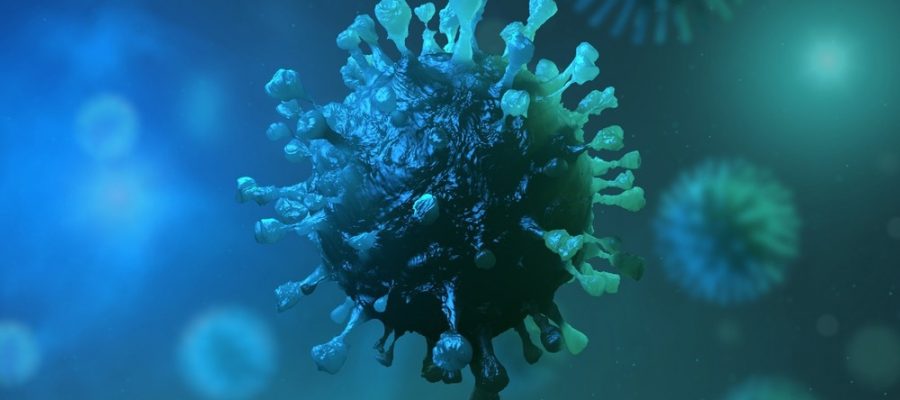In a recent study published in the PLOS ONE journal, researchers in the United States (US) assessed the risk associated with severe acute respiratory syndrome coronavirus 2 (SARS-CoV-2) reinfection.

Background
As of October 2022, around 618 million confirmed coronavirus disease 2019 (COVID-19) cases had been identified. The risk of reinfection associated with severe clinical consequences for survivors exists. In a recent analysis of a national US cohort, researchers observed that seropositivity was related to a decreased risk of future infection across a median interval of 54 days.
Over 90 days after a positive index SARS-CoV-2 antibody test, it was found that the ratio of positive nucleic acid amplification test (NAAT) findings between index SARS-CoV-2 positive persons and index negative persons was 0.1, indicating that prior infection elicited approximately 90% protection against reinfection.
About the study
In the present study, researchers explored the duration of SARS-CoV-2 infection's protective effect against reinfection. The study population comprised 144,678,382 persons gathered from US real word data (US RWD) sources vetted by HealthVerity, and medical service data obtained between February 2, 2020, and April 30, 2021.
This dataset combined distinct record sources from commercial laboratory databases, pharmacy databases, medical claims databases, hospital chargemasters, and outpatient electronic health records (EHR). The collection contains information for people who had a SARS-CoV-2 antibody test or index NAAT between February 29, 2020, when NAAT testing, and December 9, 2020, before COVID-19 vaccines were introduced.
The primary study outcome involved the identification of a group of SARS-CoV-2-tested persons. Individuals were included based on their initial NAAT or SARS-CoV-2 antibody test results. Eligible individuals were required to report 12 months of continuous closed medical enrollment, EHR, and claims activity before the index date.
A cohort of SARS-CoV-2-positive patients was identified for the secondary outcome. Individuals were recruited according to their first positive SARS-CoV-2 NAAT or antibody test result between February 29, 2020, and December 9, 2020.
Immunology eBook

Individuals were eligible for the cohort based on their initial SARS-CoV-2 antibody or NAAT test results, while SARS-CoV-2 positive persons were categorized as the index-positive cohort. Those with a negative result were a part of the index-negative cohort. The cohort exclusively included individuals with a positive SARS-CoV-2 test result for the secondary outcome.
Results
For the primary outcome, almost 27,070,023 persons satisfied the inclusion criteria, among which 7,501 persons died and 4,275,540 persons were excluded from the study. Approximately 22,786,982 individuals began follow-up 61 days after the index date. There were 2,023,341 SARS-CoV-2 index-positive samples and 20,763,641 SARS-CoV-2 index-negative samples.
During the follow-up period, 737,742 instances of infection were noted in the unmatched population, and 8,869 cases were noted in the index-positive cohort. During follow-up, the crude reinfection rate was significantly lower in the index-positive cohort than in the index-negative cohort. During the 375 days of follow-up after the index date, the cumulative incidence of reinfection was almost 0.85% among index-positive persons and 6.2% among index-negative persons.
The probability of reinfection remained consistent across a median of five months of the follow-up period and up to one year in index-positive patients. After adjusting for baseline comorbid and demographic factors, the probability of reinfection was 87% lower in the index-positive cohort than in the index-negative cohort.
A propensity-score matched analysis yielded estimates of the extent and timespan of protection that were virtually equal. The adjusted risk of infection was rather steady throughout the study. These findings indicated that SARS-CoV-2 infection offers strong protection against reinfection for at least five months and up to a year after recovery.
Across the follow-up period, the crude reinfection rate was approximately 11.75 per 1,000 per year, or 12,642 cases noted over 1,075,563 per year. Individuals aged over 85 years had a higher likelihood of becoming reinfected than those aged between 18 and 29 years. In addition, persons dwelling in congregate care settings or a skilled nursing facility (SNF) on the index date were 2.8 and 1.5 times more likely to report reinfection than those not resident of these settings.
Conclusion
The study findings showed that SARS-CoV-2 reinfection was uncommon among persons with laboratory proof of a previous infection before introducing the vaccine. Protection against reinfection with SARS-CoV-2 was stable for up to a year.
Furthermore, reinfection risk was significantly associated with age 85 years and above, concomitant immunologic disorders, and residing in congregate care settings; healthcare personnel had a lower reinfection risk.
- Reynolds, S. et al. (2023) "Risk of and duration of protection from SARS-CoV-2 reinfection assessed with real-world data", PLOS ONE, 18(3), p. e0280584. doi: 10.1371/journal.pone.0280584. https://journals.plos.org/plosone/article?id=10.1371/journal.pone.0280584
Posted in: Medical Science News | Medical Research News | Disease/Infection News
Tags: Antibody, Coronavirus, Coronavirus Disease COVID-19, covid-19, Healthcare, Hospital, Laboratory, Nucleic Acid, Nursing, Pharmacy, Respiratory, SARS, SARS-CoV-2, Severe Acute Respiratory, Severe Acute Respiratory Syndrome, Syndrome, Vaccine

Written by
Bhavana Kunkalikar
Bhavana Kunkalikar is a medical writer based in Goa, India. Her academic background is in Pharmaceutical sciences and she holds a Bachelor's degree in Pharmacy. Her educational background allowed her to foster an interest in anatomical and physiological sciences. Her college project work based on ‘The manifestations and causes of sickle cell anemia’ formed the stepping stone to a life-long fascination with human pathophysiology.
Source: Read Full Article
